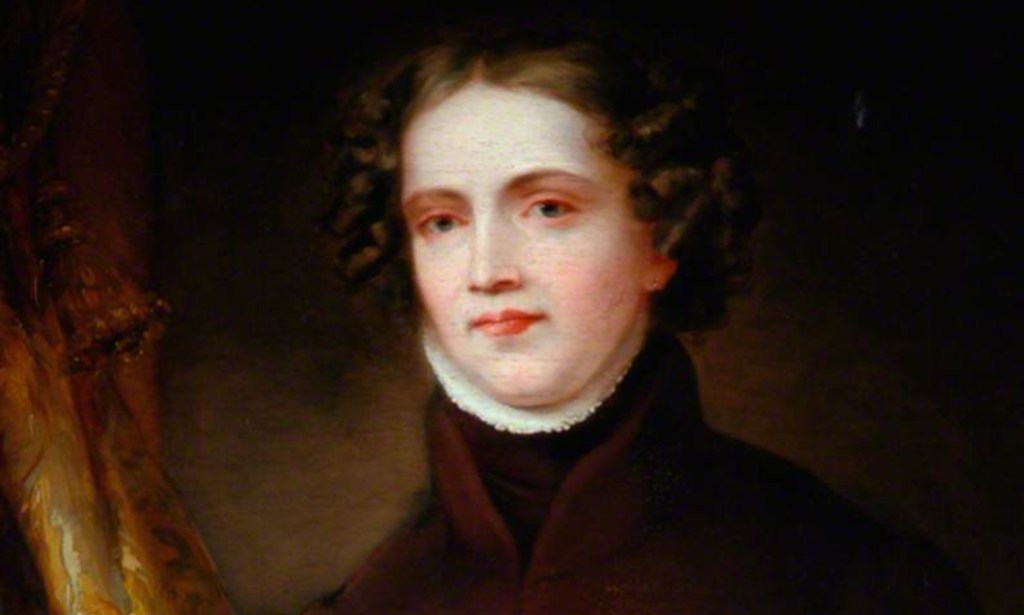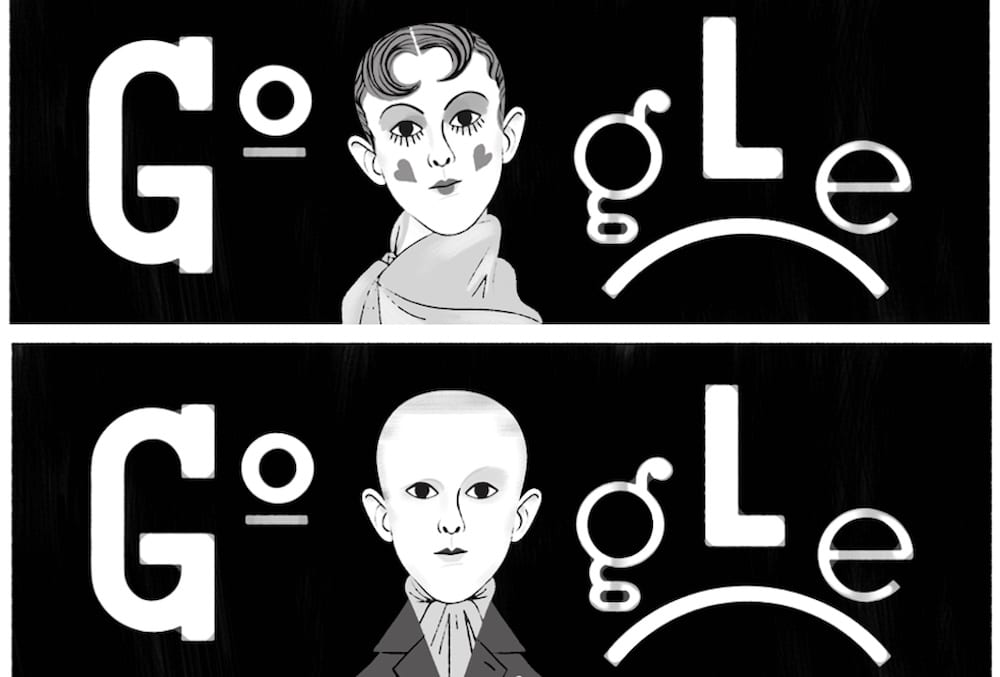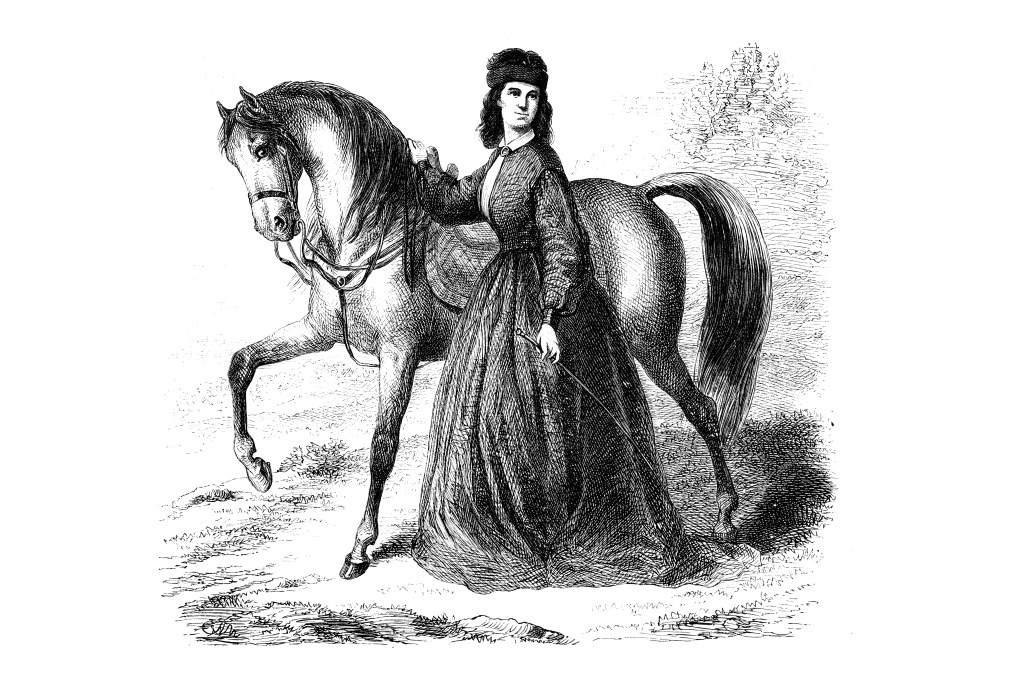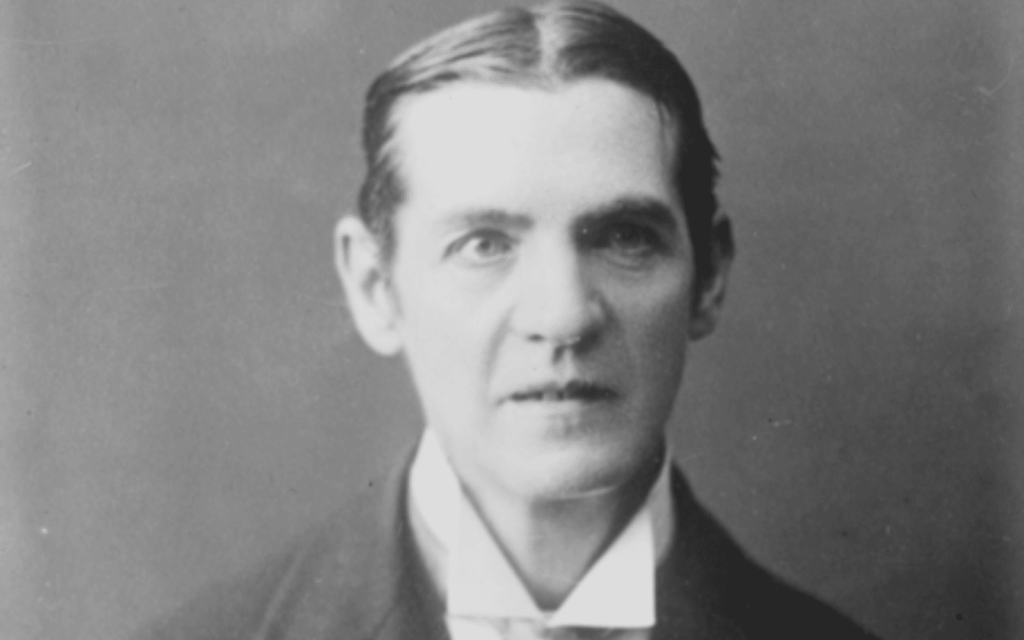8 non-binary people from history you need to know about

Gender-nonconformity is and has always been an important part of queer legacy. (Canva/Getty)
People have defied conventional gender norms throughout history, challenging societal expectations and paving the way for the non-binary people of today and the future.
As part of Non-Binary Awareness Week, which runs until 14 July, we’ve taken a look at just some of our queer elders who, through their unique experiences, exemplify the diverse legacy of gender-non-conformity.
Anne Lister

Born in the northern English town of Halifax in 1791, Anne Lister was a pioneering businesswoman who saw no conflict between her Christian faith and her love for women.
Anne was also gender-non-conforming. Well-known for her masculine presentation, locals nicknamed her Gentleman Jack while some of partners called her Fred. Also a diarist, she is sometimes referred to as the first modern lesbian.
Jennie June
Jennie June, also known as Ralph Werther and Earl Lind, was a Victorian and Edwardian writer and activist for the rights of those who didn’t conform to gender and sexual norms.
Believed to have been born in 1874, June was one of the first transgender people to publish an autobiography and one of the earliest voices to try to combat youth suicide.
Claude Cahun

You may be familiar with Claude Cahun’s famous quote: “Masculine? Feminine? It depends on the situation. Neuter is the only gender that always suits me.”
A photographer, writer and activist, they were born in 1894 into a well-off literary Jewish family in France. They adopted the name Claude Cahun later in life to better reflect their gender expression.
Having moved to the Channel Islands, Cahun produced anti-Nazi literature for the Resistance during WWII. In 1944, they were arrested and condemned to death. Although the sentence was never carried out, thanks to the liberation of Jersey, Cahun’s health had deteriorated in prison and they died in 1954.
Sarah Edmonds

Sarah Edmonds, born in 1841, was an American woman who believed it was her duty to serve the United States.
In 1861, she enlisted in the military under the name Franklin Flint Thompson to fight for the Unionists in the Civil War. She was inspired by a book she read as a child, Fanny Campbell, the Female Pirate Captain, where the main character disguises herself during the American Revolution.
Jens Andersson
Jens Andersson was born in the late 1700s and assigned female at birth. In 1778, they left home and changed their name to Jens and presented as male.
Jens later married a woman, who told the minister after the wedding that she believed her husband might be a woman.
The marriage was annulled and Jens was prosecuted for sodomy but escaped from prison before a verdict was delivered. He lived an elusive life, with little to nothing known about him after that.
During the trial, Jens was asked: “Are you a man or woman?” The answer is recorded as: “He believes he could belong to both genders.”
Public Universal Friend
The Public Universal Friend, born in Rhode Island in 1752, was a religious preacher who was believed to have had a spiritual awakening after coming close to death.
After their illness, they refused to respond to their birth name, Jemima Wilkinson, and claimed to have been transformed by their near-death experience, where the Spirit of God brought them back as someone who was neither female nor male.
Thomas/Thomasine Hall
Born around 1600, Thomasine Hall was raised as a girl by their parents. When they turned 12, they were sent to live with an aunt in London.
At the age of 24, Thomasine’s brother enlisted in the army. They decided to go with him, cutting their hair and wearing men’s clothes.
Later in life, they lived in Virginia. The community took it upon themselves to inspect Thomasine’s body because of concerns over their gender.
A testimony from Thomasine indicates that they were likely to be intersex. The community eventually required them to wear the clothing of both sexes: the breeches and shirt of a man with the cap and apron of a woman.
Thomas Baty

Thomas Baty, also known as Irene Clyde, was an English lawyer, writer and activist. They lived by the principles of Urania, a Greek philosophy that challenged the binary conception of gender.
Although they presented themselves publicly as Thomas Baty, they stated they “could not bear to be regulated to the ranks of “rough and stern men”, instead identifying with “determined and noble” women.
Baty was an expert on international law and worked in, and for, Japan before and during WWII. At the end of the conflict, the British considered charging him with treason but it was decided his work for the Japanese government had been “insignificant”.
The emperor himself sent flowers when Baty died in 1954, aged 85.
The stories of these people show us that gender-nonconformity is and has always been an important part of queer legacy.
The struggles they experienced are an important reminder that gender and sexuality are rarely straightforward, and is why many see it as vital to raise the voices of the non-binary community.
How did this story make you feel?
